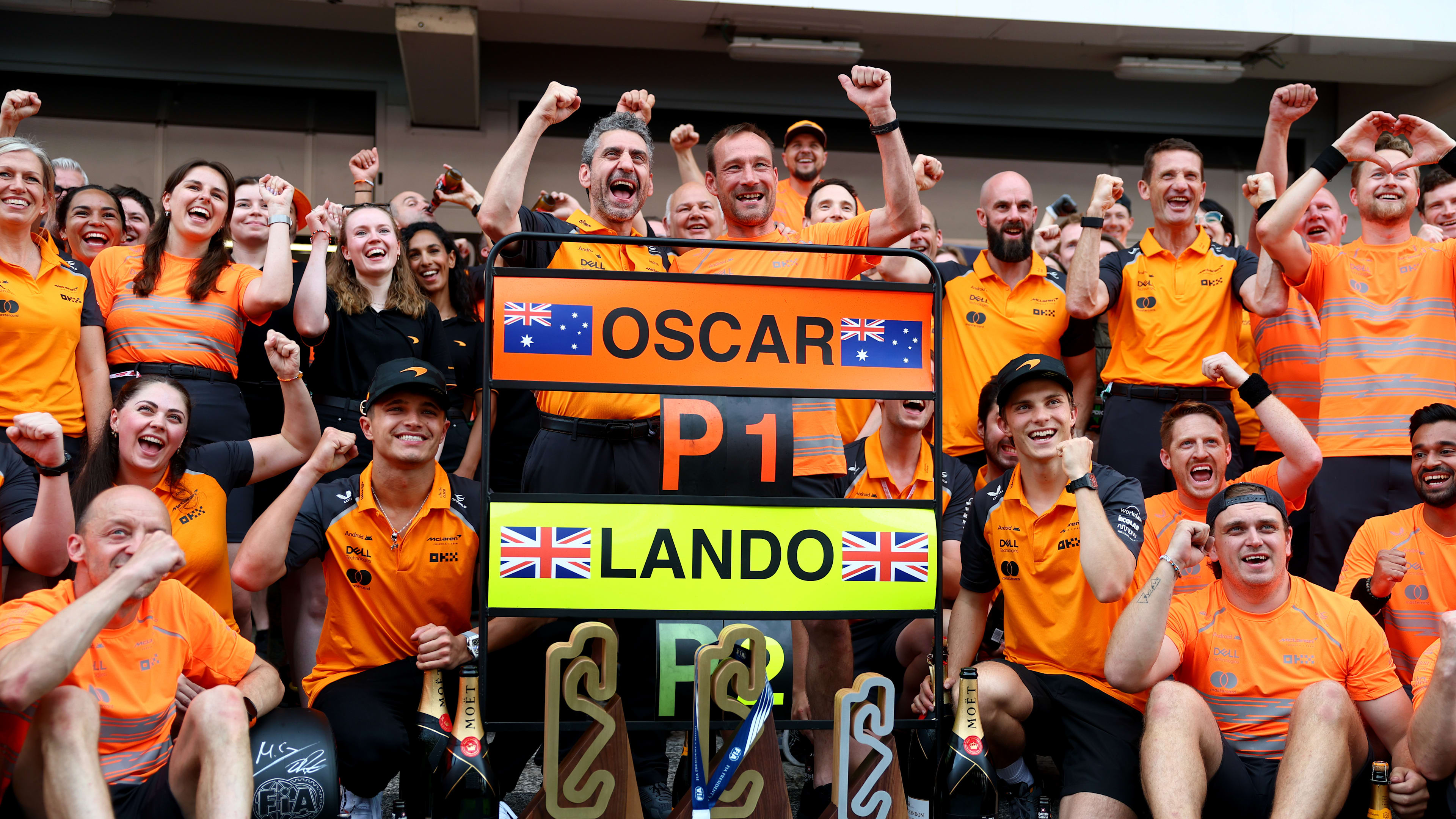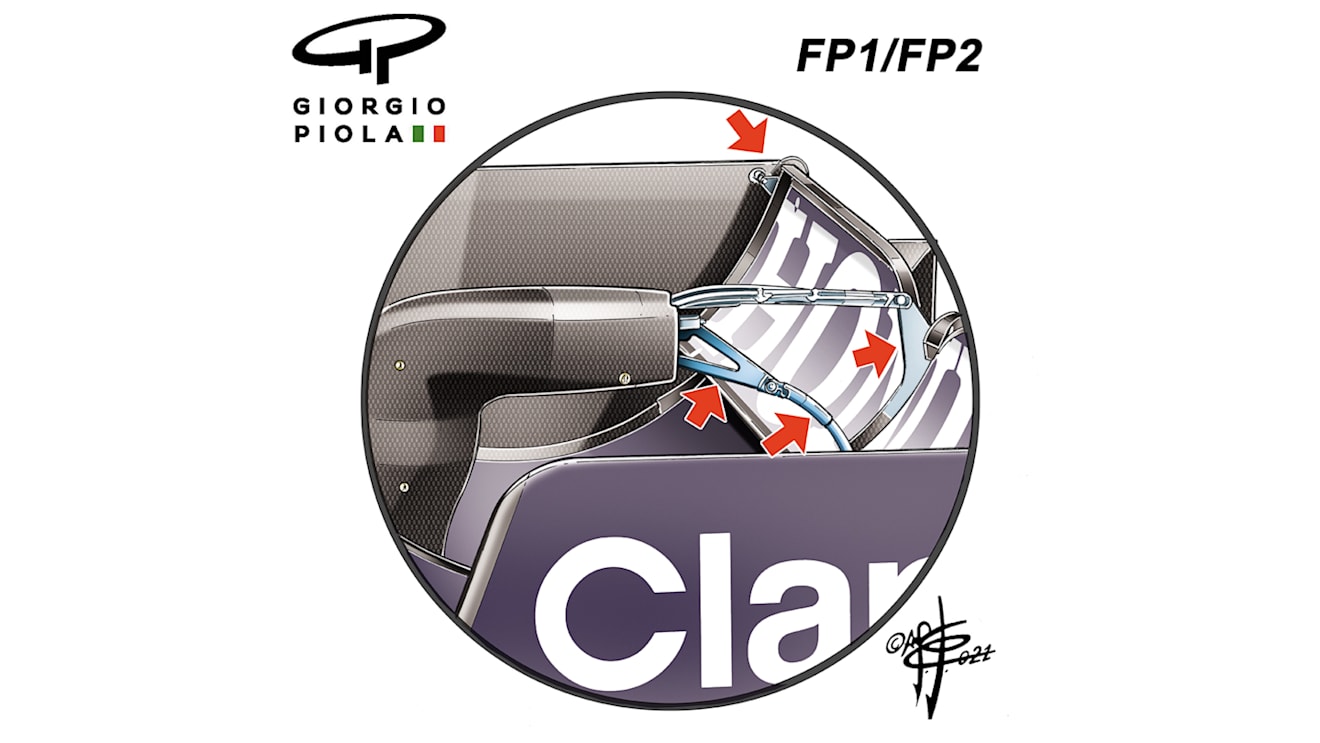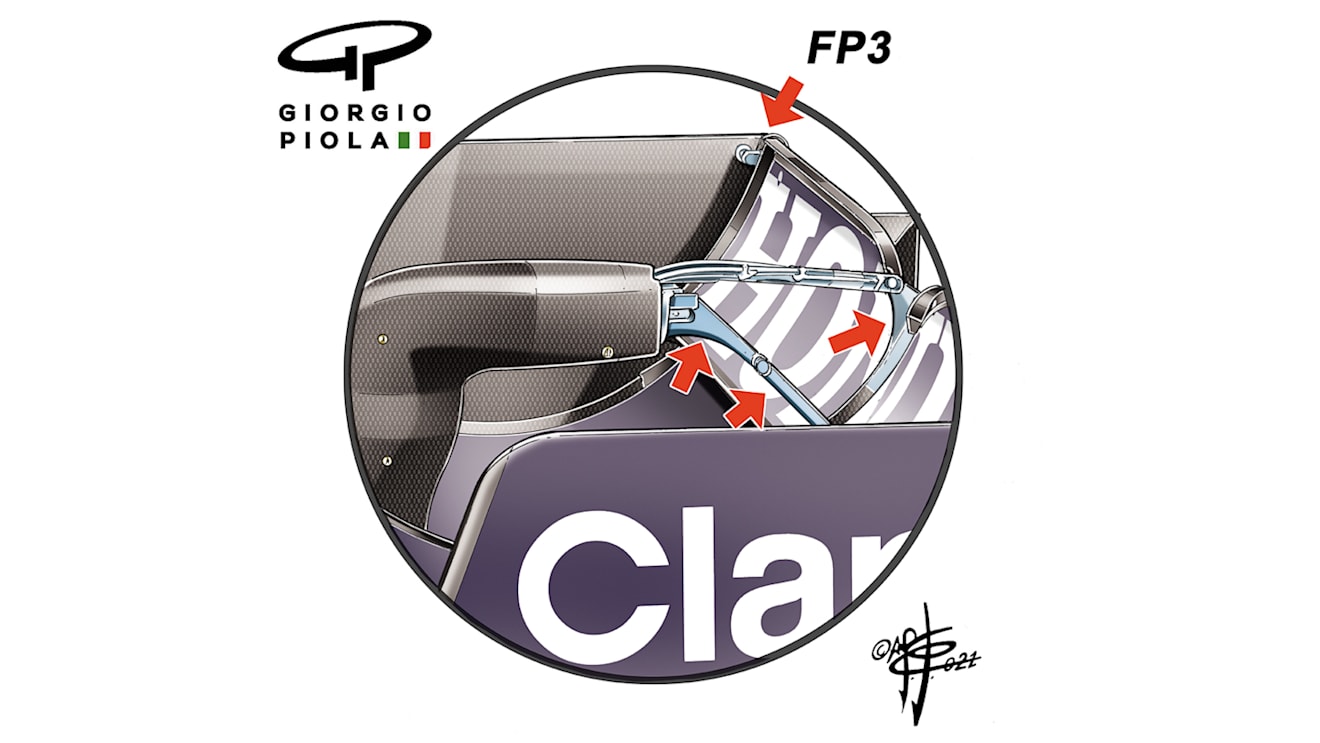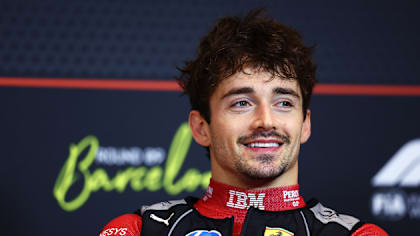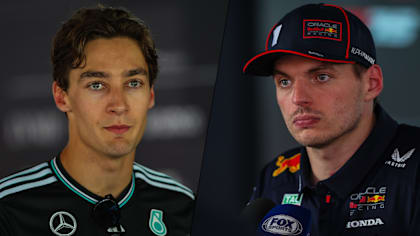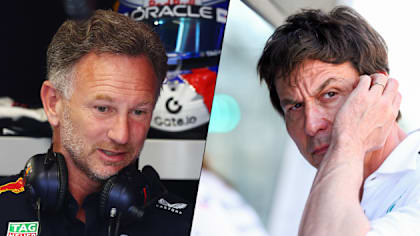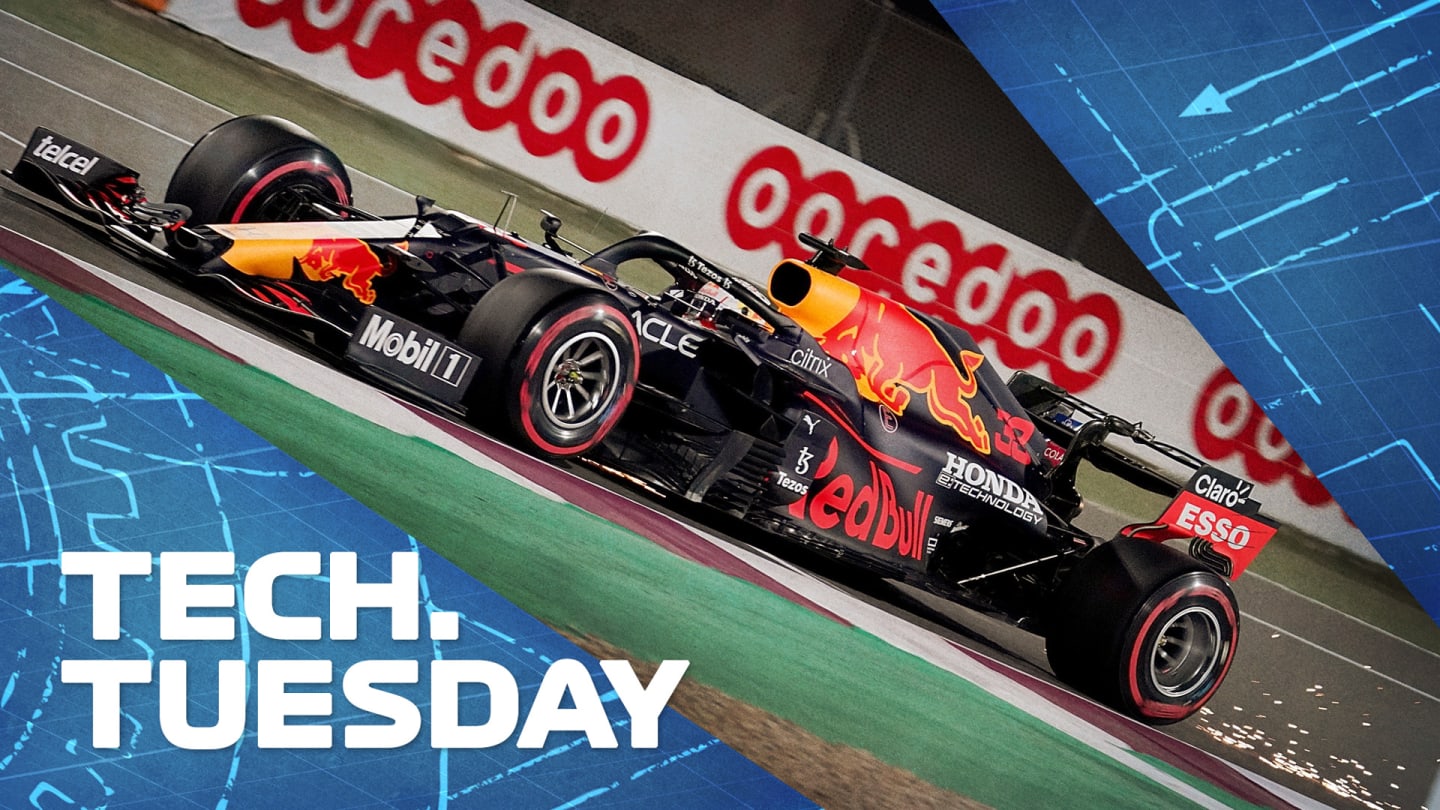
Technical
TECH TUESDAY: What was going on with Red Bull’s oscillating rear wing in Qatar?

Share

Red Bull's oscillating rear wing turned heads in Qatar. Mark Hughes looks at why the wing exhibits seemingly odd behaviour on the straights, with technical illustrations from Giorgio Piola.
Red Bull had a difficult Qatar Grand Prix weekend and Max Verstappen did well to limit the damage to a second place plus fastest lap behind Lewis Hamilton’s dominant Mercedes. The defining difference between the two cars around this circuit new to F1 was how well they could each be rotated in the early part of the corner – and what the implications of this were on how they used the tyres.
READ MORE: Did Qatar grid penalties actually aid Verstappen’s title chances?
The limitation for everyone turned out to be the front-left tyre. That was the bottleneck of performance and how well you got around that determined how much of your car’s potential could be accessed.
As is often the case on front-limited tracks, the Mercedes got around it better than the Red Bull in which Verstappen was constantly struggling to get the car to ‘rotate’ – to achieve the ideal initial response of the car to the steering in a way that allows both front and rear tyres to run at their optimum slip angle.
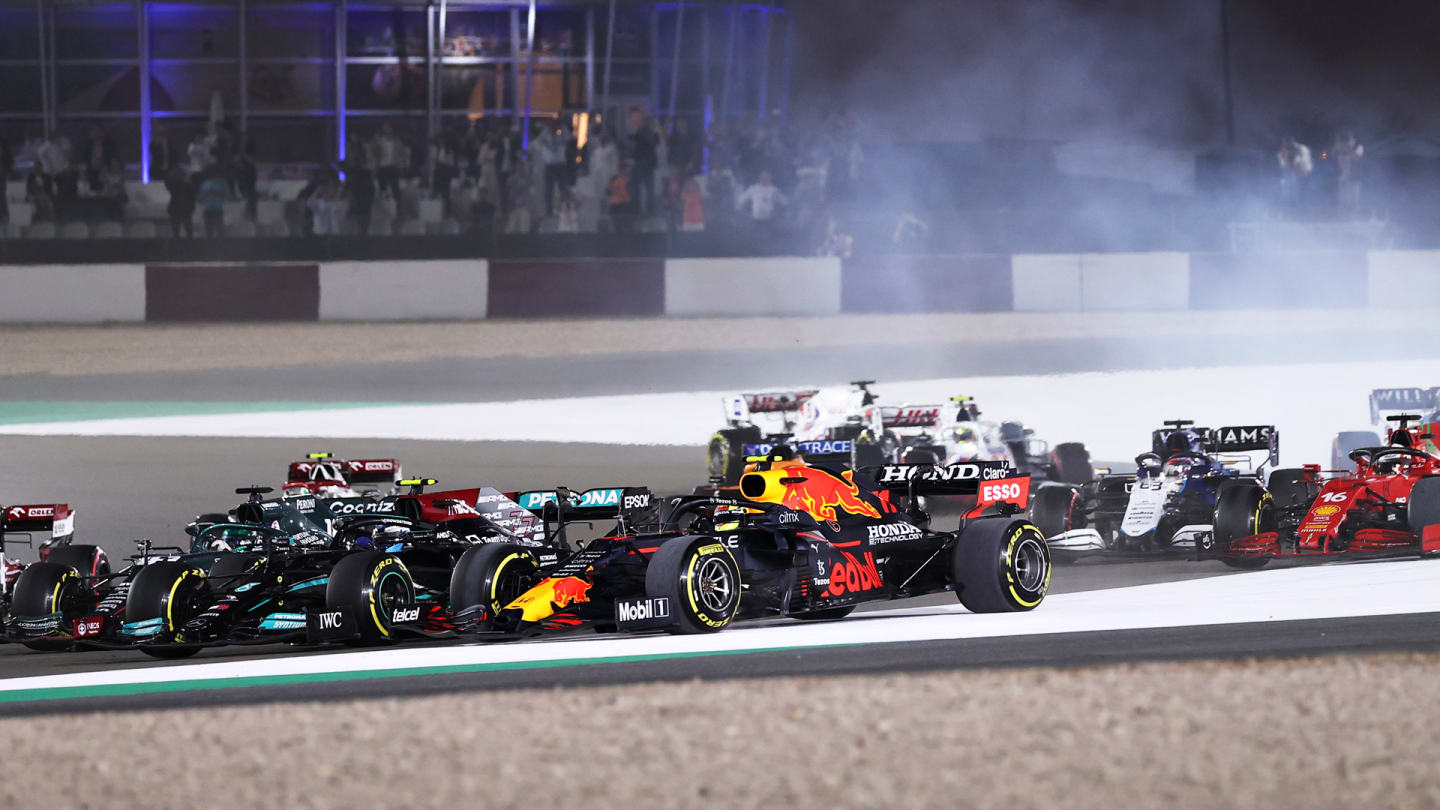
Red Bull struggled on the front-limited Losail Circuit
The front of the Mercedes can typically be loaded up more than the Red Bull’s whereas the rear of the Red Bull is stronger than that of the Mercedes, often allowing it to treat the rear tyres better.
Red Bull’s balance difficulties were only exacerbated by an enforced change to a bigger rear wing between FP3 on Saturday and qualifying in the evening. Just as in Austin and Brazil, Red Bull’s standard rear wing suffered problems with an oscillation of its flap when DRS was being used.
READ MORE: Was Hamilton's Sao Paulo stampede all down to that new Mercedes engine?
The DRS is controlled by a hydraulic actuator which pushes against the air pressure on the wing flap, pivoting it around a point on the trailing edge (so that in the event of failure it should default to the closed position).
This opens the gap, dumps the drag and boosts the straight line speed. That pressure squares with speed and so at the maximum speeds the car sees towards the end of the straights, the actuator is pushing against an enormous force on the flap to keep the gap open.
2021 Qatar GP FP3: Red Bull work on Verstappen's rear wing in FP3
It appears that as a critical force is reached, the Red Bull’s flap gets into an excited oscillation, whereby the wildly varying forces resulting from the actuator not being able to hold the gap steady create an amplifying resonance.
The bumpy circuits of Austin and Interlagos would have contributed to the problem there, possibly both by weakening the mounting (repairs were made to the endplates at both venues) and by inducing the critical frequency at which the oscillation begins.
READ MORE: 6 Winners and 5 Losers from the Qatar Grand Prix – Who shone under the Losail lights?
Qatar wasn’t particularly bumpy but the kerbs which troubled the front tyres may have played their part in weakening the mountings again.
Red Bull use a very skinny actuator in the interests of weight-saving and tight contouring of the wing structure itself (below).
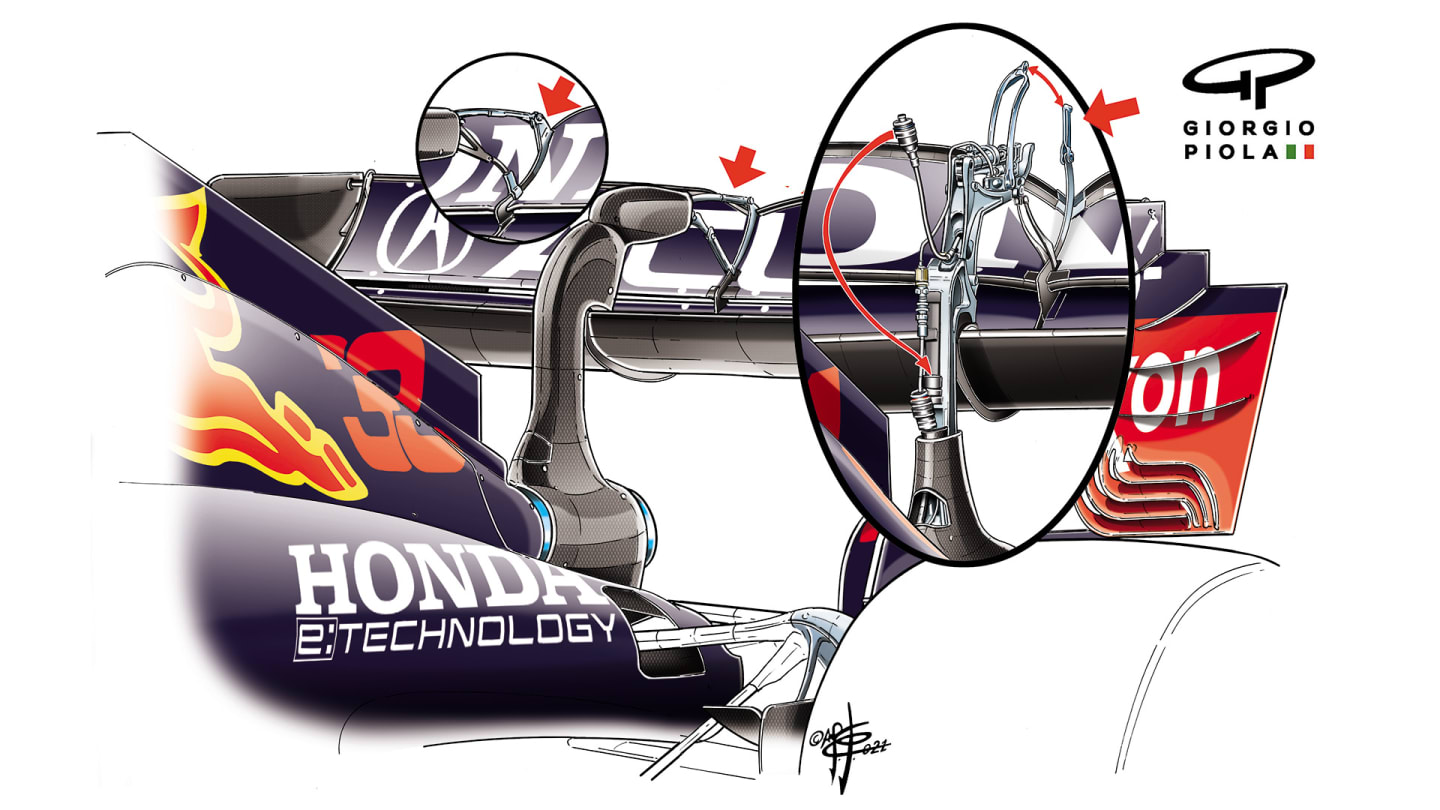
Red Bull's skinny DRS actuator on their rear wing
They have a choice of two. DRS actuators are on the homologated parts list which was issued last year for cost saving. A new DRS actuator design would have required the spending of a development token – and Red Bull had chosen to spend both their permitted tokens on a new gearbox.
Designing a new actuator is therefore not possible. After the problem presented itself on Friday in Qatar, the team had toughened up the mounting point for Saturday, as shown below. But this solution was rendered irrelevant by the choice of the big wing for the rest of the weekend.
WATCH: Alpine summon the lion spirit again in Qatar – The best team radio from Sunday's Grand Prix
1 / 2
Why the oscillating flap problem should have presented itself in just the last few races and not earlier in the season – when the wing appears the same and the actuator is unchanged – is not clear.
Teams are forever seeking ways of inducing flexibility in the wings to reduce drag at high speed while retaining rigidity at lower speeds where the downforce is needed.
It could be that although the wing is of the same architecture as that used earlier in the season, it may have a different carbon lay-up designed to give the behaviour sought. If it was that, the quick-fire triple header will not have allowed any change in wing build specification to have been enacted and brought to the track in time.
YOU MIGHT ALSO LIKE
Podcast F1 NATION: Piastri wins in dominant style as Verstappen gets everyone talking – it’s our Spain GP review
News Leclerc ‘very happy’ with unexpected podium finish in Spain as he outlines clash with Verstappen
News ‘I just got crashed into!’ – Russell and Verstappen offer verdicts on dramatic collision in Spain
News Horner and Wolff share their views on controversial Verstappen/Russell clash at end of Spanish GP
